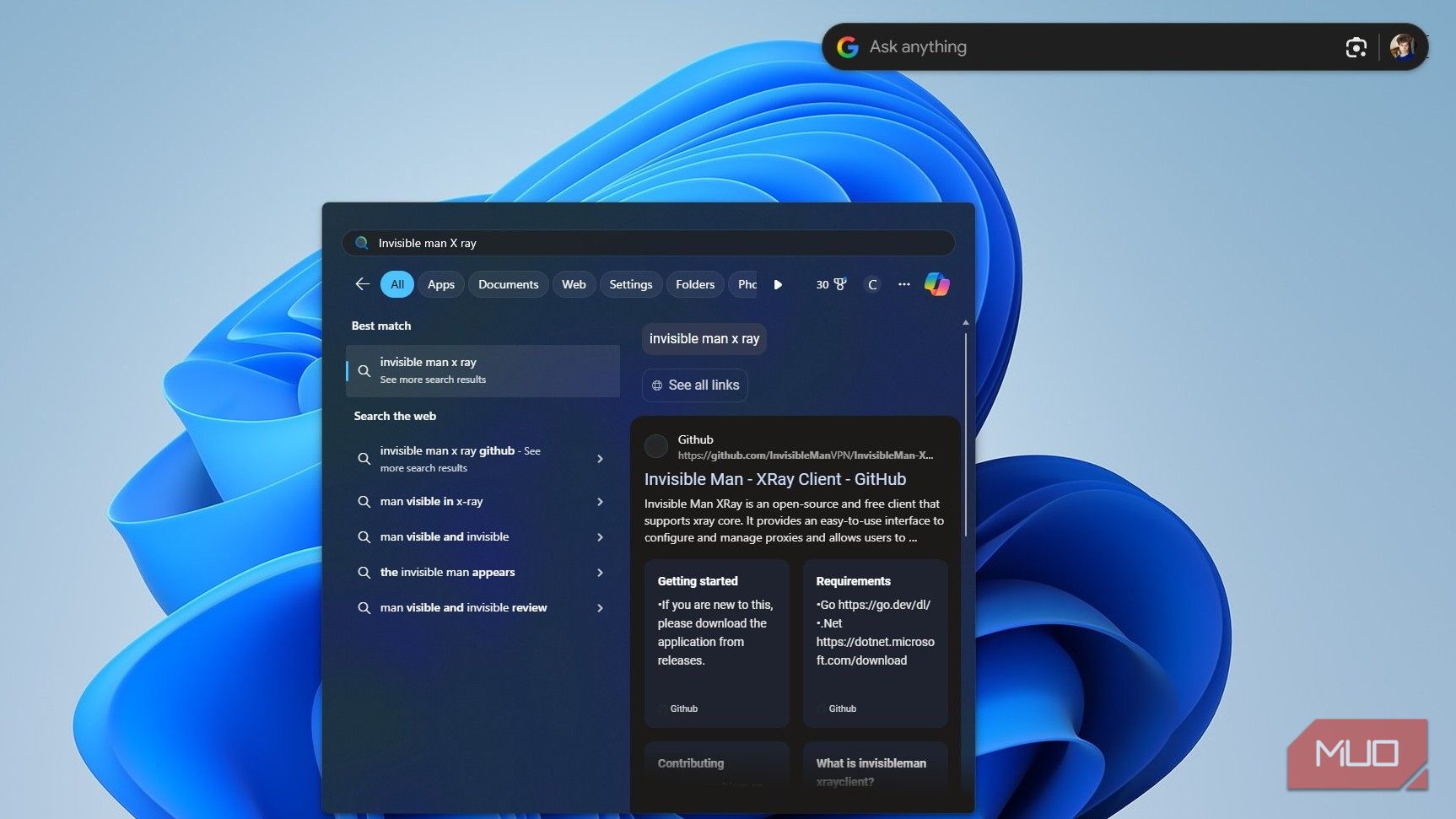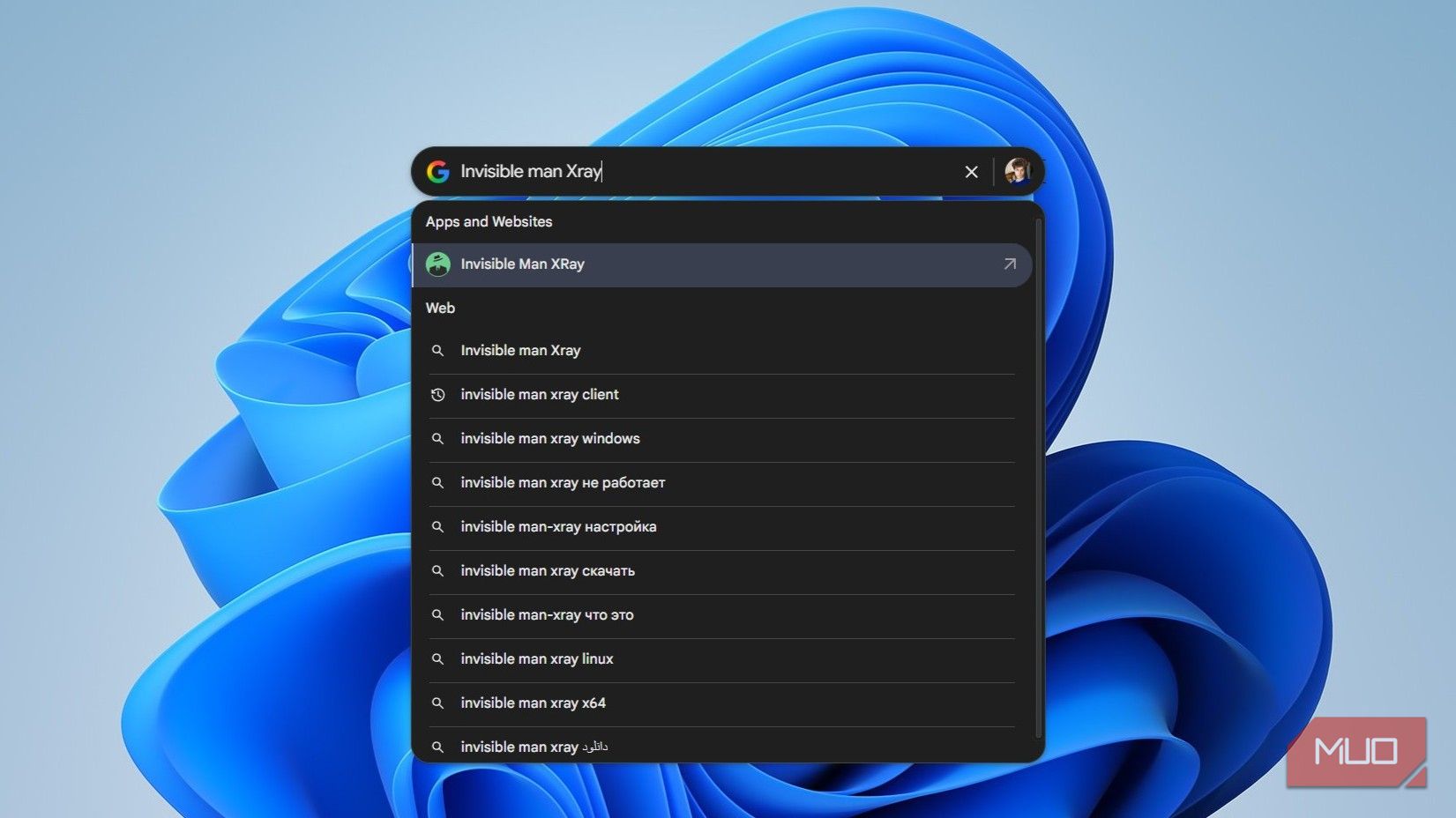
The reception of Windows 11 has not been overwhelmingly positive, and many users have voiced their frustrations. Chief among the complaints is the chaotic nature of the Settings app, where an inconsistent user interface and hidden toggles frequently send users back to the outdated Control Panel. The redesigned File Explorer faces criticism as well; while it boasts a modern aesthetic, its functionality pales in comparison to its predecessor. However, the most controversial aspect remains the redesigned Start menu, which has proven to be both technically inefficacious and detrimental to user experience.
Introducing the Google App for Windows
A Useful Alternative to Windows Search
In a refreshing turn of events, Google has launched a standalone application for Windows, which has emerged as a pleasant surprise. This app is part of Google’s ongoing AI endeavors, albeit currently accessible only to users with their Google accounts registered in the U. S.Setting it up is straightforward: download a small executable, run the installer, log in, and immediately commence usage.
Resembling the Spotlight feature on macOS, the Google app is lightweight, user-friendly, and quick to access. A simple keystroke combination of Alt + Space brings the interface to the fore regardless of your current activity, providing a seamless experience without the clutter often associated with Microsoft’s offerings.
This app enables users to search through files or applications on their local machines and Google Drive, with web search capabilities mimicking those of an internet browser. While it’s designated an “AI experiment, ”the default settings do not activate AI features; users can opt to enable Google’s AI Mode in the app’s settings.
One of the app’s standout features is its ability to streamline searches. It eliminates the need for multiple Chrome tabs associated with quick inquiries, allowing quick checks without disrupting your workflow. Should a deeper investigation be necessary, links open in Chrome as expected.
Moreover, the app integrates Google Lens, elevating it from a browser-specific tool to a system-level asset. Although not a frequent user of Lens myself, many individuals rely heavily on similar functionalities to enhance their productivity. This extension of Lens functionality to desktop use highlights Google’s initiative in making Windows more efficient, often surpassing Microsoft’s native capabilities.
The Superior Speed of Google’s Search
Bridging Gaps in Windows Performance
When it comes to performance, Google’s contribution serves as a stark reminder of Windows’ shortcomings. Searching for files in Windows File Explorer often results in delays that can be frustrating. In contrast, even Microsoft’s advances in their Start menu search are underwhelming; though it has improved incrementally, accuracy remains a significant issue. Microsoft’s system hasn’t delivered the simplicity one would expect from an operating system.

Notably, the architectural choices for the Windows 11 Start menu have sparked criticism; parts are reportedly constructed using React, diverging from the WinUI that Microsoft previously advocated. The result? Users can witness substantial CPU usage spikes simply from calling up the Start menu—a feature that should be lightweight. Further complicating the user experience is the search functionality: frequently, searching for a local application erroneously directs users to internet results instead of the correct, installed app.
-

Image by Amir Bohlooli. NAN. -

Image by Amir Bohlooli. NAN.
Although the Google app for Windows might not seem revolutionary, its performance within the context of Windows 11 is noteworthy. By functioning cleanly and effectively, it manages to outperform Microsoft’s own search tool, raising questions about the effectiveness of native features in Microsoft’s flagship operating system.
In an unexpected twist, a leading tech company like Google has introduced an alternative that exceeds the capabilities of a core Microsoft function. This speaks volumes about the oversight on Microsoft’s part, as they struggle with what should be basic features of their own operating system. The overall scenario illustrates how third-party solutions increasingly excel at tasks Microsoft itself has designed. This current trend culminates in Google providing a much-needed remedy for Windows users. Thank you, Google!




Leave a Reply